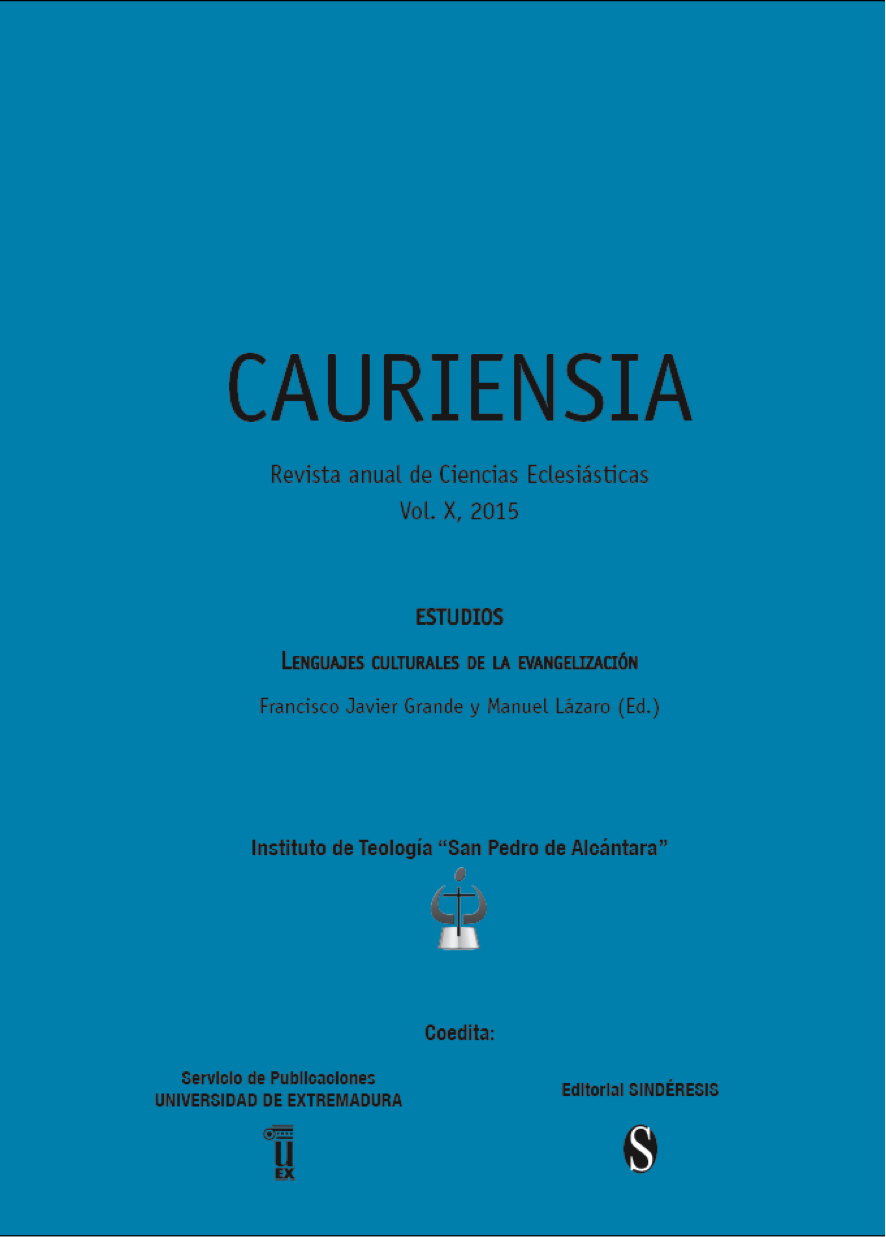Carta de Othea: una apuesta educativa sugerente en la cultura bajomedieval / A Letter from Othea: A suggesting educational choice in the Late Middle Ages culture
Main Article Content
Abstract
Carta de Othéa a Héctor es un manual compuesto por Cristina de Pizan c. 1400 con el fin de instruir al joven caballero. Fue escrito en francés medio y gozó de gran popularidad en el ambiente cultural del París del s. XV. Para profundizar en el mensaje de este valioso tratado, analizaremos su forma y contenido y, finalmente, haremos una reflexión sobre su aportación a la pedagogía bajomedieval. Tres aspectos principales dan a esta obra un carácter innovador: El primero, el empleo de una estructura tripartita en sus capítulos: cada uno de los cien capítulos que conforman el tratado utiliza el mismo esquema para exponer y desarrollar un tema distinto, y todos ellos engloban el cuerpo de una misiva. El segundo, su rico y variado contenido, que incluye un amplio compendio de crónicas, mitos, enseñanzas filosóficas y exégesis bíblica. El último, el original planteamiento de formación de los jóvenes, que refleja una adaptación a las nuevas inquietudes de la época. Cristina de Pizan intentó motivar a sus alumnos a través de un contenido sugerente y un método atractivo para el joven, un aspirante a adulto al que ya no le interesaba la manera tradicional de llegar hasta el conocimiento a través de rancias enseñanzas. En los albores del s. XV, las nuevas corrientes culturales comenzaban a llegar a París en forma de nuevas músicas, estilos artísticos y géneros literarios. Con Carta de Othea nuestra autora contribuye a la apertura de esta nueva estela de corriente cultural.
A Letter from Othea to Hector is a manual written by Christine de Pizan c. 1400, with the aim of instructing a young knight. It was written in medieval French and it was a very popular book among the cultural atmosphere in the Paris of the XVth century. In order to get into its principal message, there will be analyzed its form and content and, finally, there will be offered a critical reflection about its contribution in the Late Middle Ages pedagogy. This work is innovating for three main aspects. The first, the tripartite structure applied in each of the hundred chapters that compose the treatise. All of them form a large and unique letter. The second, its rich and varied content, that includes a wide range of chronicles, myths, philosophical teachings and biblical exegesis. The third, the original proposal of instruction for the young which shows a great concern about the requirements of the new generations. Christine de Pizan tried to motivate her pupils with a suggesting content and an attractive method for the new young man, a candidate to adult that was tired of the old teaching methods. At the beginning of the XVth century, the new cultural waves reached Paris gradually: new concepts of music, literary styles and artistic expression were being discovered. Our writer contributes to the opening of this new cultural wave with her Letter from Othea.Downloads
Article Details
The Publications Service of the University of Extremadura (the publishing house) retains the economic rights (copyright) of the works published in the Anuario de la Facultad de Derecho. Universidad de Extremadura.. The reuse of the content is allowed under a license:
![]()
CC BY
Recognition
This license allows others to distribute, remix, tweak and build upon your work, even for commercial purposes, as long as you are acknowledged as the author of the original creation. This is the most helpful license offered. The maximum dissemination and use of the materials subject to the license are recommended.
For more information, see the following links:

